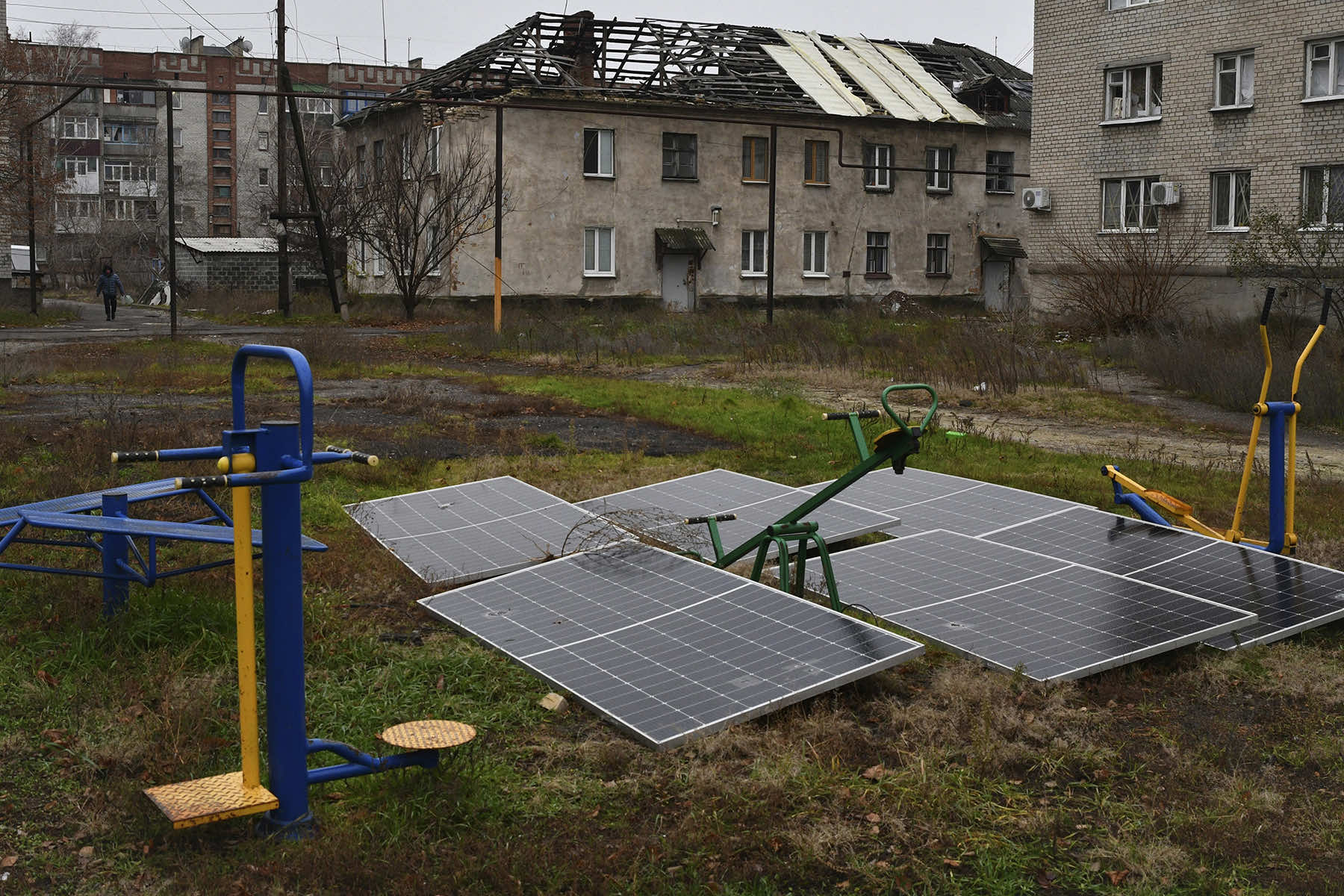Attacks on two DTEK solar farms last spring is a good example. They destroyed many solar panels and some of the transformers, which step up voltage for long distances or step it down for use in homes. Replacing the transformers and swapping out destroyed panels allowed the farms, which generate 400 megawatts, to be back up in seven days.
Timchenko said an attack on a thermal generating station, which experienced a similar amount of damage, took three to four months to rebuild.



There is a troubling aspect, though - most of solar inverters aren’t capable of operating as an island today. Cost-cutting and dumbing-down has occurred.
However, if a village has at least one household with a hybrid inverter capable of generating a frequency for others to follow - and some people who know what they’re doing - some level of disaster preparedness is possible even with today’s tech. (If the grid fails, one disconnects everyone behind the local substation from the big grid, brings online an inverter working in island mode, and syncs other inverters to it.)
Yeah but throw some batteries on that solar, which you really should do anyway, and you’re good to go. IMHO the batteries are what really makes self-sufficiency possible. With a good size solar array and a good size battery, you can be not only a net exporter but more or less an always exporter, rarely if ever taking power from the grid.
Run on sunshine during the day and stored sunshine at night. Unfortunately a lot of places it’s not legal to have a house with no grid connection, even if one isn’t necessary.